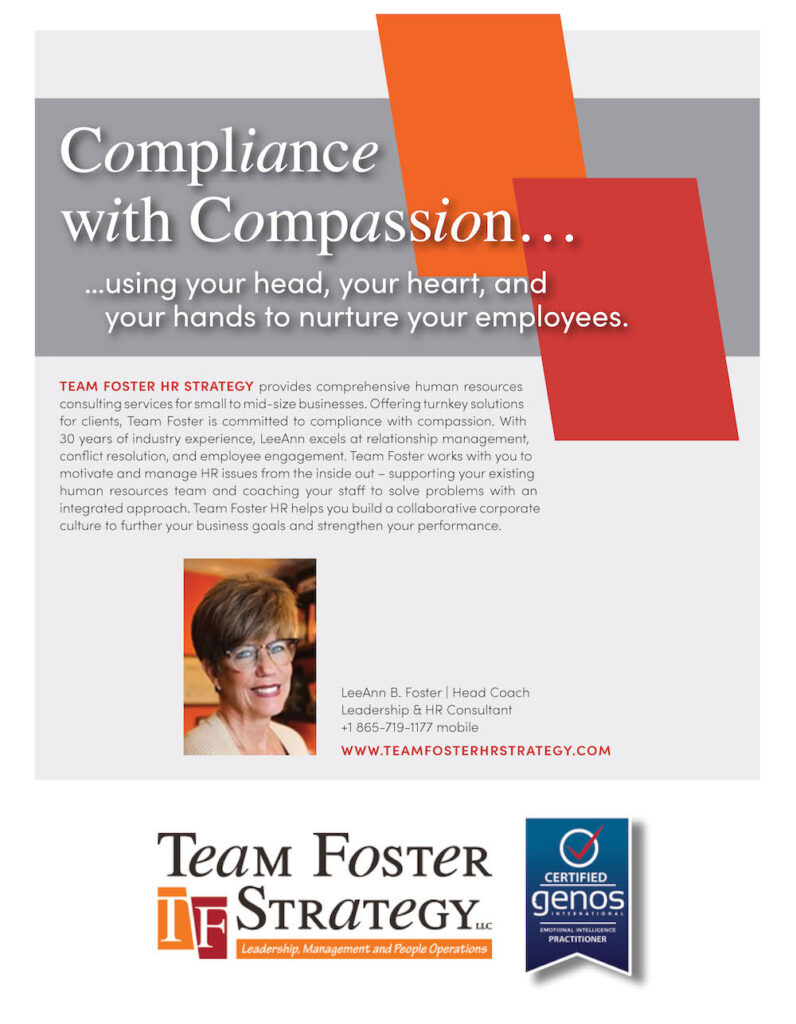By LeeAnn Foster
It’s October 6, 2018, Luke marries Laura! Two years later, Liam Foster Graham is born on September 22, 2020. And guess what, now Laura is expecting Little Brother Graham in December. So much joy! So much elation! Until – – – the young couple starts calculating childcare costs for a two-year old and a newborn. Yes, of course, Dad and Mom love their children more than anything. They want only the best for them. Can they afford two children in childcare? Should one of them quit working outside the home? Childcare costs are a stressor for most new parents.
Childcare costs in America average north of $10,000.00 per year per child. WOW! The cost has increased about 15% since 2019. In a Society for Human Resource Management article, Kevin Ehlinger, Vice President of Product Marketing for TTOTIS Childcare On-Demand states, “Childcare has risen at more than twice the rate of inflation, causing some parents, especially woman, to leave the workforce.”
This is a huge concern for growing organizations. As you well know, the talent market is tight and highly competitive. We cannot afford to lose these well-trained, valuable employees. How do we stop the bleeding?
Think about this: What does your company have that no other company has? Your employees! Other companies have great customer service, products, and tools like you. But they do not have YOUR people. Companies that thrive in today’s environment make their people their competitive edge. Thriving companies also take care of people problems, concerns, and issues first!
To retain our marketable employees, companies must support their working parents!
Here’s a game plan for you! Offer childcare benefits. Doing so has “proven to yield the highest return on human capital investment”, says Ehlinger.
Employer-sponsored childcare is an increasingly in-demand benefit for the modern workforce. According to a Parent Confidence report, 68% of working parents believe employers should offset the cost of childcare, and 81% find a company’s childcare benefits important to their job consideration process.
Businesses believe they cannot afford to offer help with childcare costs. At Team Foster Strategy LLC, we believe that companies can’t afford NOT to offer the assistance. This benefit is becoming essential for employee retention.
Employers must be adaptive to the changing interests of their employees. Today’s parents care more about childcare assistance than additional work off hours. They are at risk of resigning from their jobs if companies do not value their needs. Employees will stay with a company that understands their familial situations and provides benefits and flexibility for them to care for their children.
Where do you begin? Below are three steps to follow:
- Learn about your employees’ needs.There are several ways to do this. Choose what works best for you. Below are some ideas.
- Do an Employee Needs Assessment survey. Not every employee has the same childcare needs. Some want daycare for their toddlers while others will want schedule flexibility to accommodate their teenagers’ extracurricular schedules.
- Hold an Open Forum, perhaps a lunch-n-learn. Ask employees to bring a brown bag lunch. While together, learn all you can about the best way to use company resources to help employees.
- Start a Parent Resource Group. Meet quarterly to stay abreast of concerns, issues, etc.
- Provide What You Can.Offering full-time childcare to employees may be out of reach. Consider scaling the offering back to childcare services that are within the means of the company and if they’re successful, look to grow them in the future.
- Implement Childcare Benefits on a Trial Basis. If the Chief Financial Officer is concerned about the cost of the new benefit, implement it as a pilot program. Report how useful the benefit is after three to six months; then, adjust.
Retention of employees is not the only benefit to offering childcare benefits. There are many, many more. Offering childcare benefits also:
- Decreases absenteeism
- Increases overall job satisfaction
- Strengthens employee commitment
- Makes your workplace more equitable
- Attracts top talent
- Increases productivity
Lastly, great news!
To encourage businesses to provide childcare to their employees, the federal government offers companies a tax credit to help cover some of the associated costs. The Employer-Provided Childcare Credit, under the Internal Revenue Code Section 45F, offers employers a tax credit of up to 25% of qualified childcare expenditures and 10% of qualified childcare resources and referral expenditures. The credit is capped at $150,000, meaning employers would have to spend around $430,000 to receive the full credit, and any further spending exceeding that amount would not be reimbursed.
Qualified childcare expenditures include costs associated with acquiring, constructing, rehabilitating, or expanding property to be used as part of a childcare facility, and for the operating costs of such a facility, including supporting childcare workers through training, scholarships, and wages.
Though it is often called the “Childcare Facilities Credit,” employers may also contract with licensed childcare programs, including home-based providers, in addition to operating on-site childcare facilities, to offer childcare services to their employees. Businesses often partner with childcare companies such as the Learning Care Group, Bright Horizons, and KinderCare to offer this benefit.
Set a goal for 2023 to be an “Employer of Choice”. Start the process by offering childcare benefits. You and the CFO will be glad you did!

